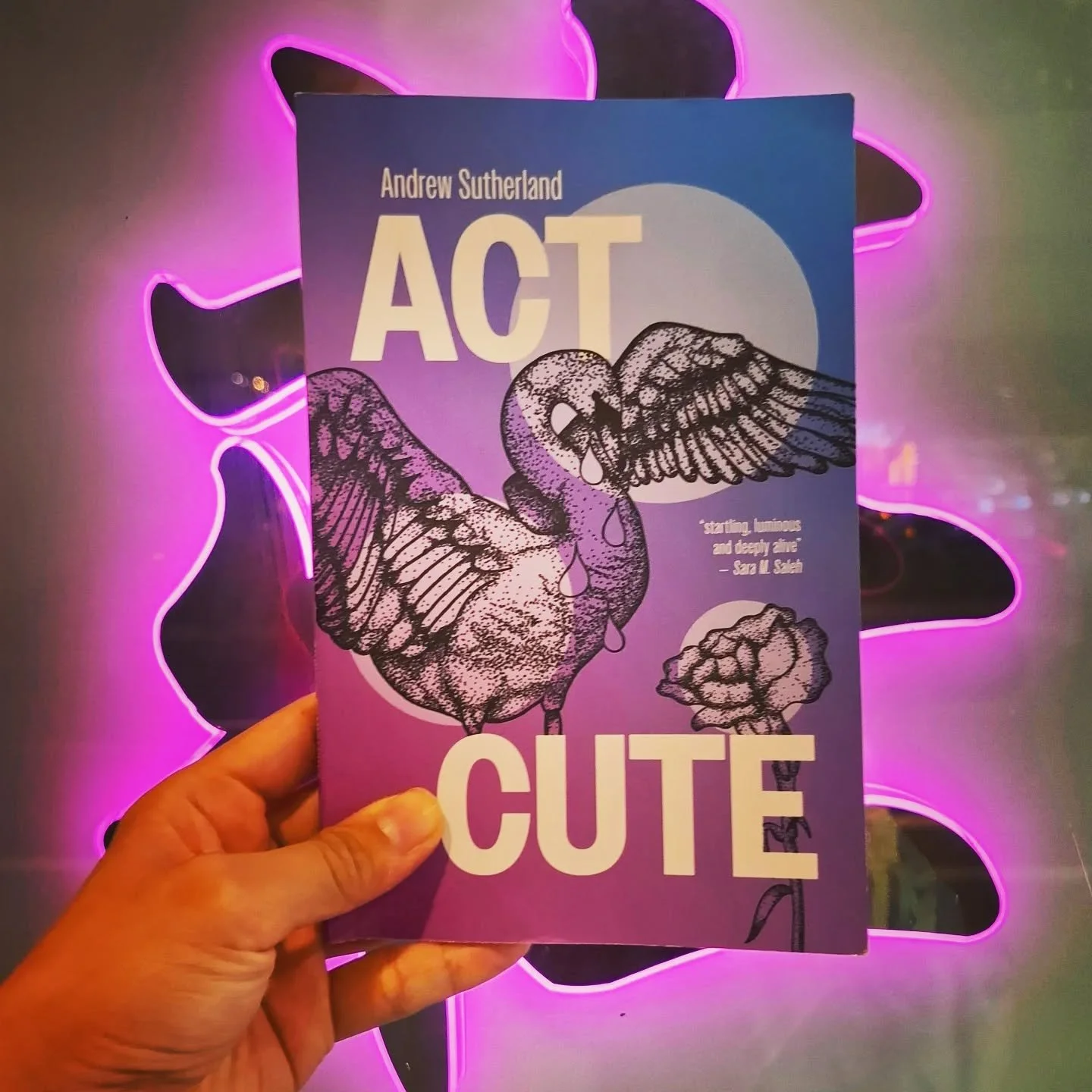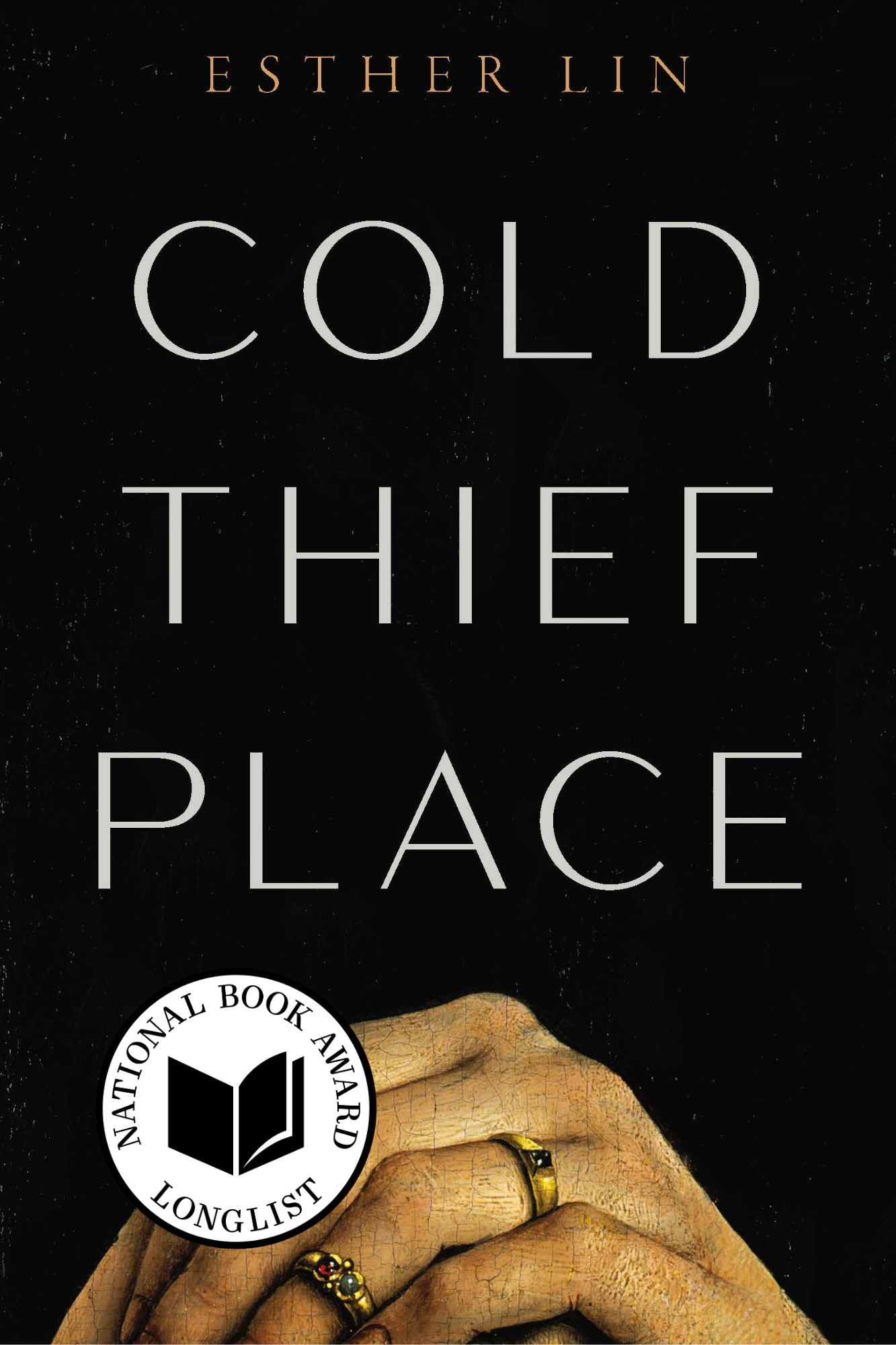Love Letters to Singaporean Women
Review of Kelly Kaur’s Letters to Singapore (Canada: Stonehouse Publishing, 2022)
By Aileen Liang
Letters to Singapore is Singapore-raised writer and professor Kelly Kaur’s first novel, an epistolary affair comprising letters between Calgary and Singapore; between the protagonist Simran and her loved ones back home. Over the span of three years, the letters detail how a young Simran grows into her newly gained freedom in Calgary, following her escape from an arranged marriage. It is within these letters that Kaur grants us access to Simran’s most heartfelt desires and dreams, while seeing how they go up against the traditional values of her Sikh community back home and the varying opinions of her friends. Kaur goes further by contextualising Simran’s personal narrative within a larger discussion of the idea of a ‘Singaporean woman’, in which her friends Anita and Amy, her sister Amrit, and her mother Kuldip confide their own rebellions and struggles. Although their individual lives differ, they all undergo the same struggle of defining themselves as individuals within stifling patriarchal constraints on a woman.
Keerat Kaur, Rigour (2021)
Image description: A bearded Punjabi man in a white turban is riding a motorbike with the design of the night sky. The back of the bike carries a wooden crate filled with household items, such as bags of clothing, teacups and saucers, a teapot, and a vintage television set.
Singaporeans have migrated to Canada for a multitude of reasons, many seeking economic opportunities and a new life in the cosmopolitan country. For women specifically, emigration is a real option for the freedoms it offers, away from socially conservative Singapore. Social egg-freezing for non-medical reasons is banned in Singapore, for instance, and though proposals were made to lift the ban in July last year, no changes have been effected and the call was met with some resistance from the general public. For Singaporean women, who have to juggle career ambitions and pressures to marry and have children, emigration is a viable path for them to seek individual fulfilment. Kaur shows us just one manifestation of this possibility in the character of Simran, thereby offering the same hope to other women both in and outside of the book.
Simran, being a naïve, inexperienced young adult, undergoes the excruciating awkwardness of assimilating into a new culture. She stumbles her way through the unfamiliar world of Calgary, where she accidentally dates a drug dealer, she unintentionally gains a tiresome roommate, and she splurges unwisely on a gaudy pink coat. Yet, it is precisely her lack of experience that allows her to question her mother’s cultural values, such as “Get married. Get married. No sex. Be a virgin. That is the right Indian way.” Simran has internalised the clipped, finalizing logic of her mother, but its disjuncture with her own perception of reality makes possible the deconstruction of these beliefs. Finding herself in the odd position of being a bride to a stranger, “encased in voluminous heavy silk. Trapped”, she realises that “I wanted more!” She is learning about Canadian society and culture, just as she is learning, through her mother’s meticulous reminders, from her own community, and their absurdities puzzle and amuse Simran. Far from home and not quite a part of this new one, she can stand apart from both these cultures and propose an indignant new alternative, where “I see the possibility of a bigger life and unlimited potential.”
Tapping into collective wisdom, Simran calls upon the women in her life who are more experienced than herself. They give advice while sharing their own stories, and Kaur uses the intimacies of the letters to paint a richer, fuller portrait of not just the beliefs these women cling onto but also the networks that have produced them. Amy comes across as a snarky, self-assured Princeton graduate with a comfortable job, but finds herself living out her mother’s desires for a rich man and social elevation — she bought into the fantasy of Henry, a millionaire she idealised as “[her] way out” of an otherwise typical Singaporean life. Yet, she “gambled with Henry and lost”; although she had made the choice herself, it also arose out of a daughter’s blind faith in her mother’s wisdom — “I thought she was right”. Amy’s mother had in turn dreamed of riches as an alternative to a lifetime of discontentment of “[living] in a stupid HDB flat and [watching] stupid Chinese movies every day”. Similarly for Amrit, she had ended up in an arranged marriage because it was what her and Simran’s mother had gone through, and she “didn’t see any other different way”. Amrit’s husband cheated, as did Amrit’s father, and she is therefore expected to follow the role of the oblivious wife as “it’s been this way for women for generations”. Even within the private female space of these letters and the wisdom pooled amongst them, Kaur cleverly shows how patriarchal constructs problematize female relations and haunt one generation of women to the next.
Keerat Kaur, Triumph (2021)
Image description: A Punjabi woman wearing an orange Salwar (the traditional dress of women in the Punjab region of India) and a graduation cap is driving a dark green car that’s covered in Punjabi and English letters of various colours. The wheel rims of the car are covered with traditional paisley fabric. The boot of the car is filled with books and vegetables, with butterflies and a hummingbird flying out. In the distance, a school building is floating on a cloud.
Yet, by writing back to Simran, each woman takes turns being the storyteller who shapes her own narrative. Kuldip may dispense and prescribe womanly roles and responsibilities to her daughters, but it is also in these letters that she sheds the motherly role to reminisce about girlhood — like an excursion to Kashmir with her father, where they had “collected snow and felt it in our hands and threw it up in the air”. The childlike wonder she expresses in this recount grants us temporal access to the richer inner world of Kuldip, taking her beyond the conservative mother Simran and her sister have known her as. She is a woman with her own desires, although she has resigned herself to the fate of “no escape from my marriage”. Similarly for Simran’s friend Anita, who had initially taken pride in being a mother to two sons and wife to Gopal, her choice to confess Gopal’s abuse eventually empowers her to change her life. Not just a mother and wife, she can unapologetically divulge her desires for sexual pleasure and indulgence, that “[her younger lover] has the stamina to satisfy my cravings”. Even Amrit, who has chosen to stay in her marriage to the cheating Manjit, is able to demonstrate the tenacity of her resolve by narrating her journey at Uncle Sodhi’s shop, where “[a]nyone who comes in as a customer becomes a challenge for me”. We are privy to the smarts of these women, and though they are tied down on paper to their roles, they proclaim their own individualities. Kaur takes the female oral tradition and turns it into documented discourse through these letters, where tradition is negotiated alongside choice. The women speak and find an audience in each other, as Kaur authentically and humorously captures the way they clamour to speak over, and simultaneously, to each other.
In a patriarchal society that has stifled them, Kaur shows how comfort is best sought out in female companionship and found families. As they gather at Simran’s house for a Christmas meal, they are “beautiful Singaporean women — raw, alive, despondent, rebellious, stubborn, hopeful, exciting, passionate and joyous — all emotions trickling, bubbling and overflowing.” In spite of where the women have come from, they have converged presently in this space where they have cooked and cleaned for themselves. Although it is a heartwarming scene that centres the women’s camaraderie, it also feels too neat a resolution to the women’s problems. Simran and Amy’s ongoing rivalry, for instance, seems completely to have dissipated, alongside Kuldip’s contempt for Amrit’s deviation from domesticity. Perhaps the scene could have been made more meaningful through a more earnest exploration of these tensions. By the end of the novel, Simran finds herself at the locus of her dual identities — the Eastern values she has inherited from her mother, but also a new one she is figuring out for herself. She navigates this quandary, all while holding close the passions and longings of the women she grew up with.
A lover of words and the worlds spun out of them, Aileen Liang studies English Literature as an undergraduate at Nanyang Technological University, with an inclination towards women’s writing and Southeast Asian literatures. When she is not reading, she is writing frantically in various notebooks and documenting life as best as she can.
*
Keerat Kaur is a Canadian-born Artist & Architect (lic. OAA) with Sikh-Punjabi roots. Her work takes shape through the disciplines of painting, sculpture, hand-embroidery, music, and architecture. She gathers inspiration from indic philosophies to evoke themes of spirituality and fantasia. Her aesthetic lies in the realm of the surreal, merging mundane and dream-like qualities.
If you’ve enjoyed reading this article, please consider making a donation. Your donation goes towards paying our contributors and a modest stipend to our editors. Singapore Unbound is powered by volunteers, and we depend on individual supporters. To maintain our independence, we do not seek or accept direct funding from any government.











This Christmas season, Ng Yi-Sheng takes us to the Middle East.